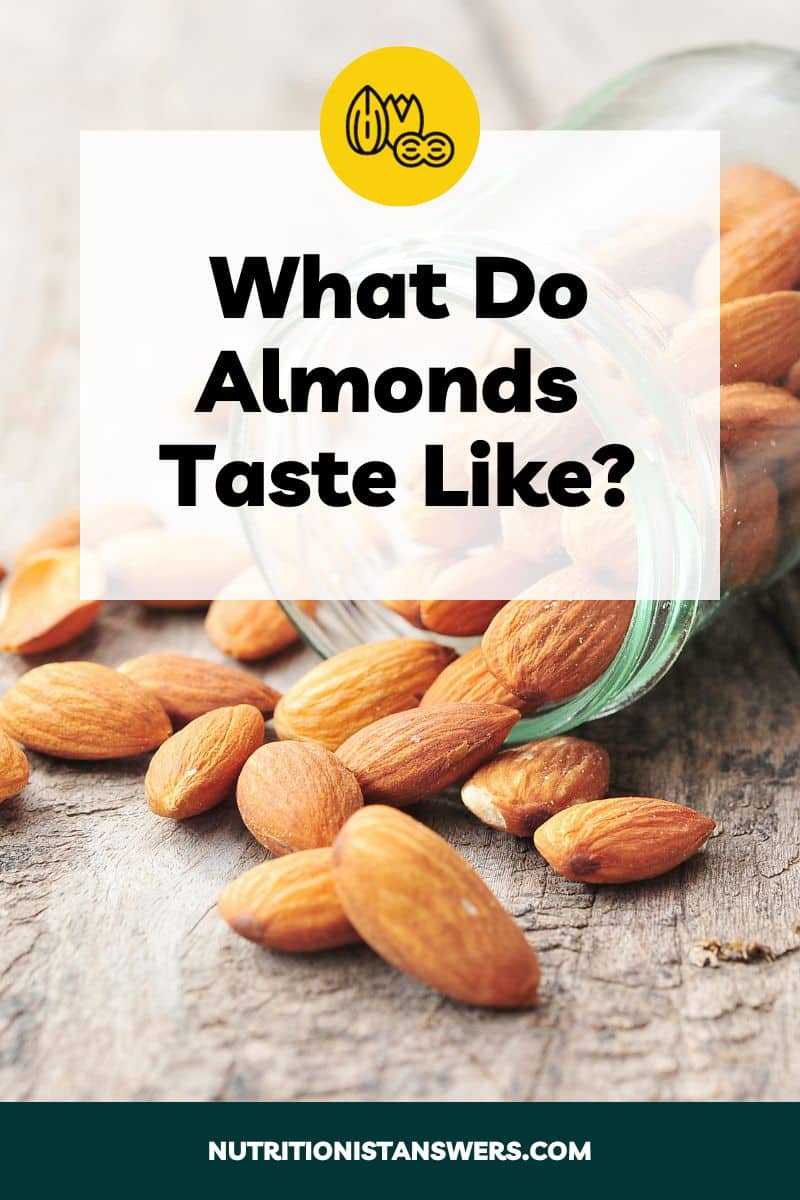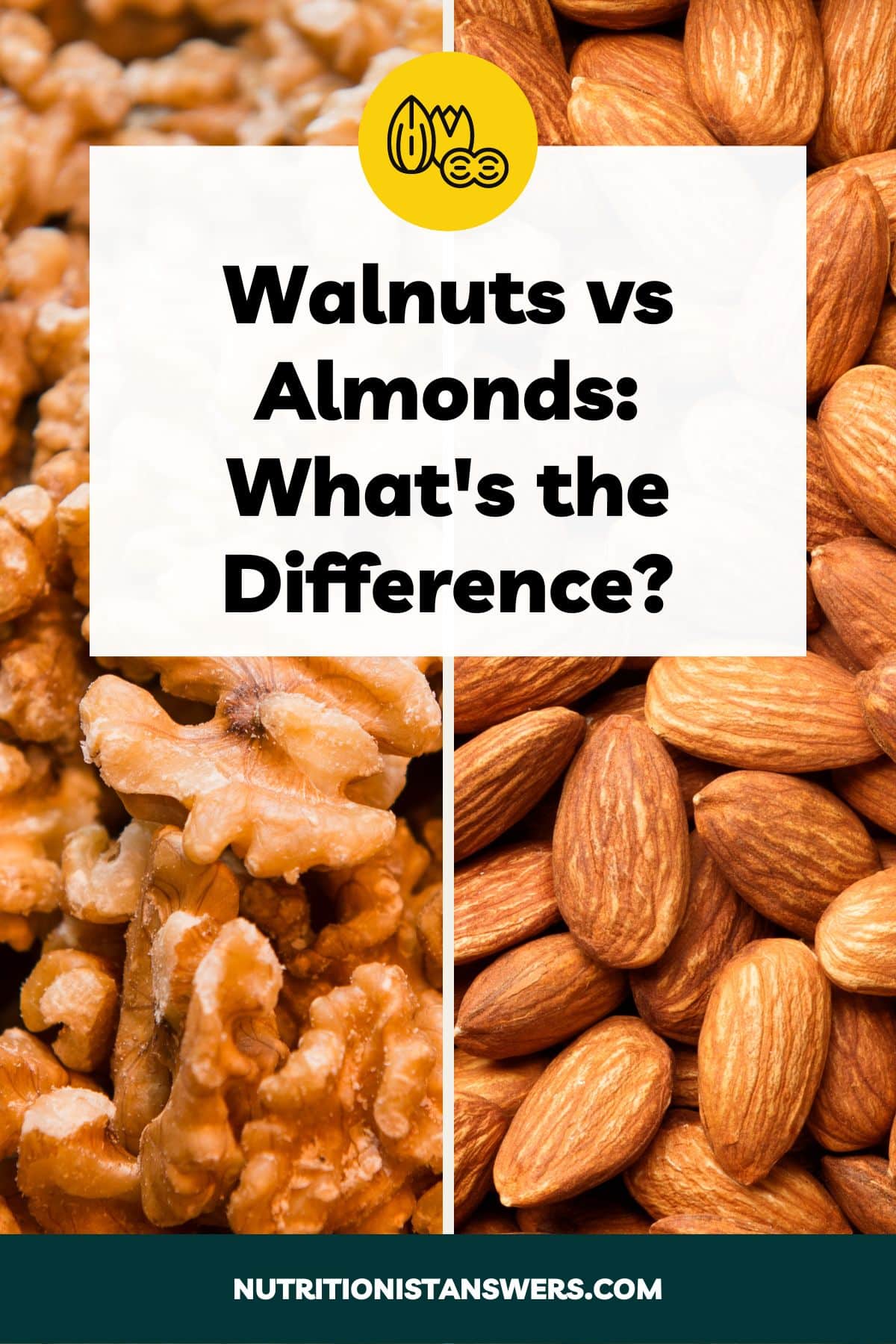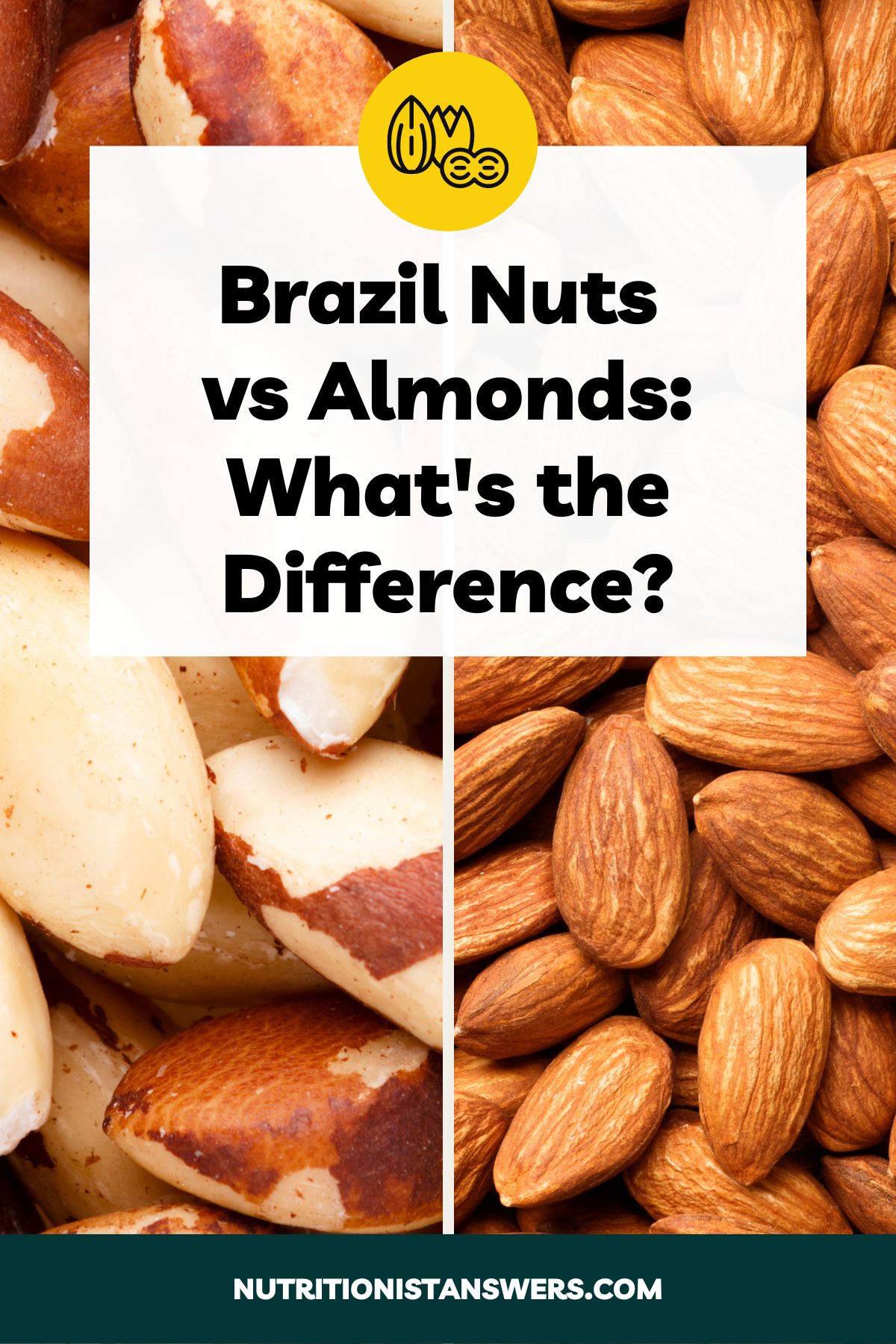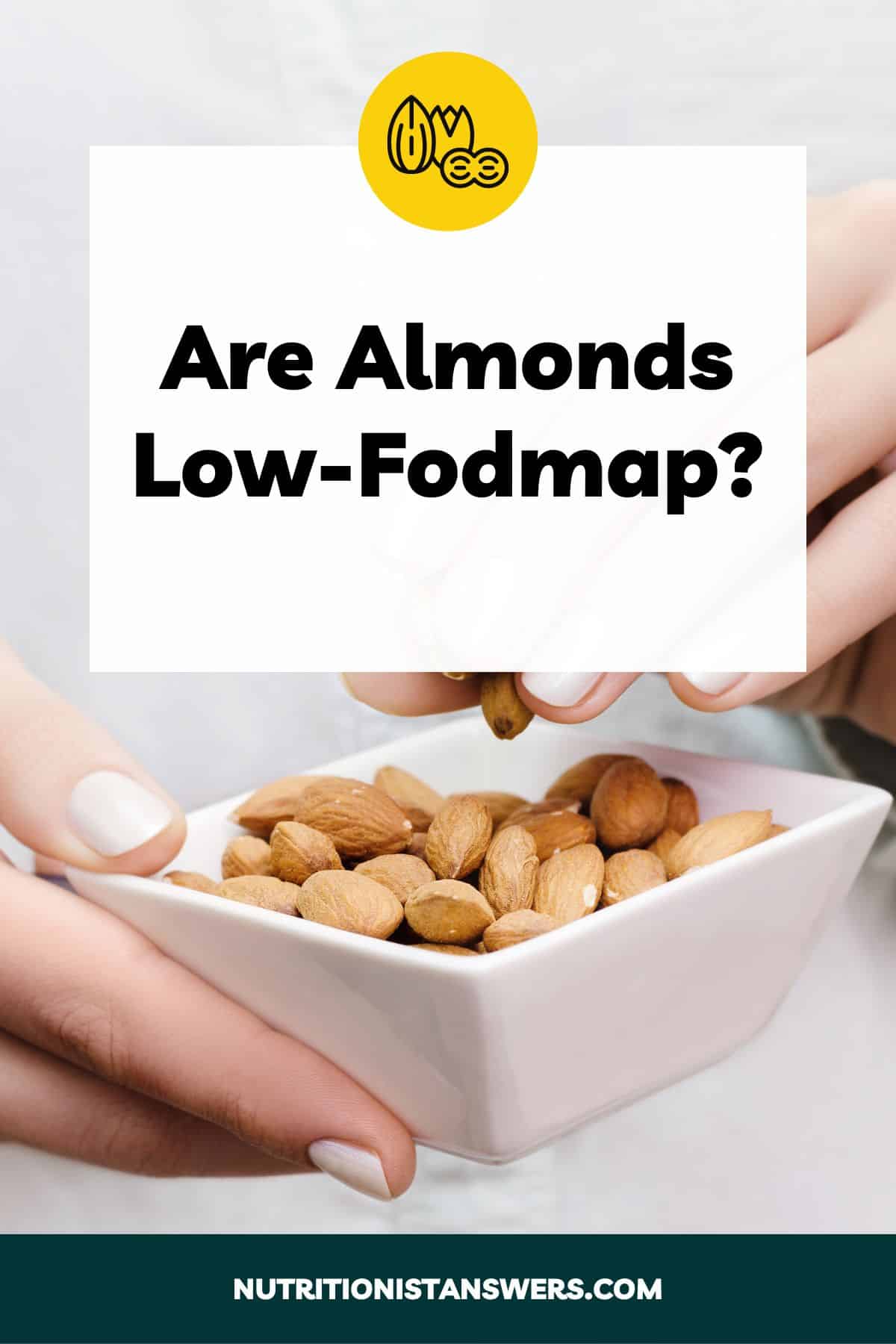Almonds are one of the most popular nuts — they’re found in just about every grocery store and can be used in a wide variety of dishes, from salads and snacks to desserts and savory entrees.
But if you haven’t had the opportunity to try them, you might be wondering what almonds taste like and why they’re worth including in your diet.
Let’s chat about the distinct flavor profile of almonds, their nutritional value, and ways to use them in your favorite dishes.
Please note that this article contains affiliate links. If you click one of these links and make a purchase, we may earn a commission. As an Amazon Associate, we earn from qualifying purchases.
The taste of various almond products
The taste of almonds can change depending on whether they’re raw, roasted, or processed into different almond products.
Raw almonds
Raw almonds taste sweet and mild and have a slightly soft, almost chewy texture.
Roasted almonds
Roasted almonds offer a more intense, savory nutty flavor and a satisfying crunchiness.
Blanched almonds
Almonds that have been blanched to remove their skins taste milder than unblanched almonds. That’s because almond skins contain compounds called tannins, which give foods a bitter flavor (1).
Marcona almonds are blanched to remove their skins and are one of the mildest-tasting almond options available.
Almond flour
Almond flour tastes the same as almonds — it has a mild, nutty flavor that enhances the flavor of baked goods without overpowering other ingredients.
Since it is made from ground, blanched almonds, almond flour has a dry, powdery texture, similar to grain-based flours.
Almond butter
Almond butter tastes slightly sweet and nutty and has a rich and creamy texture. When made from roasted almonds, almond butter takes on a stronger, nuttier flavor.
Almond milk
Plain, unsweetened almond milk tastes nutty and earthy, with just a hint of sweetness. It can be sweetened and flavored with ingredients like honey, maple syrup, cocoa powder, and fruit.
Almond oil
Almond oil (also called sweet almond oil) is a cooking oil made from almonds. It has a mild, nutty flavor and can be used for roasting, baking, and frying.
Almond extract
Almond extract has a unique sweet, fruity flavor. It tastes quite different from regular almonds because it is made using food-grade bitter almond oil.
Bitter almonds (Prunus amygdalus) are a species of almonds that contain amygdalin, a compound that gets converted to cyanide in the body, so they’re not safe to eat (2, 3).
However, food-grade bitter almond oil is safe to consume because all of the toxic amygdalin has been removed.
If you’ve used almond extract in baking, you may notice that it tastes similar to maraschino cherries. That’s because maraschino cherries are flavored with almond extract.
How are almonds produced?
Almonds are a type of nut produced by the almond tree (Prunus dulcis), which is native to Central Asia and is now grown in arid climates around the world (4).
Today, about 80% of the world’s almonds and 100% of the almonds produced in the United States are grown in California (5).
Almonds are encased in a hard, teardrop-shaped shell that can be cracked open, revealing a creamy white edible nut kernel, which is enveloped by a thin, papery brown skin.
Almond nutrition
Almonds are high in calories and fat. They also provide smaller amounts of carbohydrates (mostly from fiber) and protein.
Here’s a more detailed breakdown of almond nutrition:
Calories and macronutrients
Here’s the macronutrient content for 1 ounce (28 grams) of unroasted almonds (6):
- Calories: 164
- Carbohydrates: 6 grams
- Fiber: 3.5 grams
- Protein: 6 grams
- Fat: 14 grams
Vitamins and minerals
Here’s the vitamin and mineral content for 1 ounce (28 grams) of unroasted almonds (6):
- Vitamin E: 7 mg (47% DV)
- Copper: 0.3 mg (33% DV)
- Manganese: 0.6 mg (26% DV)
- Riboflavin: (0.3 mg (23% DV)
- Magnesium: 77 mg (18% DV)
- Phosphorus: 136 mg (11% DV)
- Zinc: 0.9 mg (8% DV)
- Iron: 1.1 mg (6% DV)
- Niacin: 1 mg (6% DV)
- Calcium: 76 mg (6% DV)
- Thiamin: 0.06 mg (5% DV)
- Potassium: 208 mg (4% DV)
- Folate: 13 mcg (3% DV)
- Choline: 15 mg (3% DV)
- Vitamin B6: 0.04 mg (2% DV)
- Pantothenic acid: 0.1 mg (2% DV)
- Selenium: 1 mcg (2% DV)
- Sodium: 0.3 mg (<1% DV)
One of the best sources of vitamin E: Almonds are incredibly high in vitamin E, providing nearly half of your daily needs in a 1-ounce serving.
High in many other minerals: Like other nuts, almonds are packed with minerals. A 1-ounce serving offers at least 10% of the Daily Value (DV) for copper, manganese, magnesium, and phosphorus.
Excellent source of riboflavin: A single ounce (about ¼ cup) of almonds provides 23% of the DV for riboflavin, a B vitamin with important roles in energy production and metabolism (7).
Where to buy almonds
Almonds can be found in most grocery stores, often in the baking aisle, snack aisle, and bulk foods section. They are available in many different forms, including raw, roasted, and flavored.
You can also purchase almonds online. Here are some of the most popular almond products available on Amazon:
- Happy Belly Roasted and Lightly Salted Almonds
- Blue Diamond Low Sodium Lightly Salted Almonds
- Blue Diamond Low Sodium Lightly Salted Almonds 100 Calorie Packs
- Blue Diamond Whole Natural Almonds
- Blue Diamond Whole Natural Almonds 100 Calorie Packs
How to store almonds
Store almonds (whether raw or roasted) in an airtight container or resealable bag and keep in a pantry or cabinet, away from heat and direct sunlight. They should stay fresh for at least one year.
To extend their shelf life, almonds can be stored in the refrigerator or freezer, where they can stay fresh for more than a year.
Proper storage helps prevent the oils in almonds from becoming rancid (or breaking down), which gives them an unpleasant sour or bitter taste and smell (8).
Ways to use almonds
1. Trail mixes and snacks
Almonds are a popular choice for trail mixes and snacks, providing a satisfying crunch and a mild, nutty flavor.
In trail mixes, almonds complement sweeter, bolder ingredients like dark chocolate and dried cranberries. They also pair well with other nuts and seeds, like walnuts and pepitas.
Almonds can also be combined with oats, honey or agave syrup, and dried fruits to make snack bars or energy balls for a nutritious, on-the-go snack.
Simply blend almonds along with the other ingredients in a food processor until the mixture forms a sticky dough, then shape it into bars or balls.
2. Baked goods and desserts
Almonds are an excellent way to enhance the flavor, texture, and nutritional value of different kinds of baked goods and desserts.
Sliced or chopped almonds can be sprinkled on top of cookies, brownies, and cakes, adding a delightful crunch and a subtly nutty taste.
Almond flour, ground from blanched almonds, is a gluten-free alternative to wheat flour and is often used in macarons, almond cookies, and gluten-free cakes.
In classics like almond biscotti, amaretti cookies, and frangipane tarts, almonds shine as the star ingredient, lending a sweet, nutty flavor and a slightly chewy texture.
3. Salads and side dishes
Almonds are an excellent way to elevate salads and side dishes, giving them a delightful crunch and a nutty flavor.
Slivered or sliced almonds can be toasted and tossed into a simple green salad or sprinkled over roasted vegetables, like green beans, carrots, and cauliflower.
Toasted almonds are also used as a garnish for many grain-based side dishes, like Middle Eastern rice pilafs, Moroccan couscous, and California quinoa salad.
4. Breaded meats and fish
Almond flour or meal can serve as a gluten-free alternative to wheat flour or breadcrumbs for making breaded meats and fish.
Simply coat the protein of your choice in beaten egg, then dredge it in a mixture of almond flour and seasonings. Next, bake or fry the meat until crispy and golden brown on the outside.
Almond flour breading is particularly well-suited for chicken, tilapia, and salmon, providing a nutty crunch and delicious nutty flavor in each bite.
Final thoughts
Almonds have a mild and delicate flavor that’s nutty and slightly sweet, with a hint of bitter aftertaste. When roasted, their flavor intensifies, and their texture becomes crisp and crunchy.
Like other nuts, almonds are very high in fat and calories, providing a small amount of protein and carbs as well. However, they stand out as one of the richest sources of vitamin E.
Overall, almonds are incredibly nutritious and versatile, bringing a delicate, nutty flavor to trail mixes and baked goods, as well as salads and breaded meats.
Amy Richter is a Registered Dietitian Nutritionist based in Missouri. She is an experienced nutrition writer and medical advisor for Healthline and Medical News Today. Amy is passionate about all things food-related and enjoys translating complex science into easy-to-understand articles.





